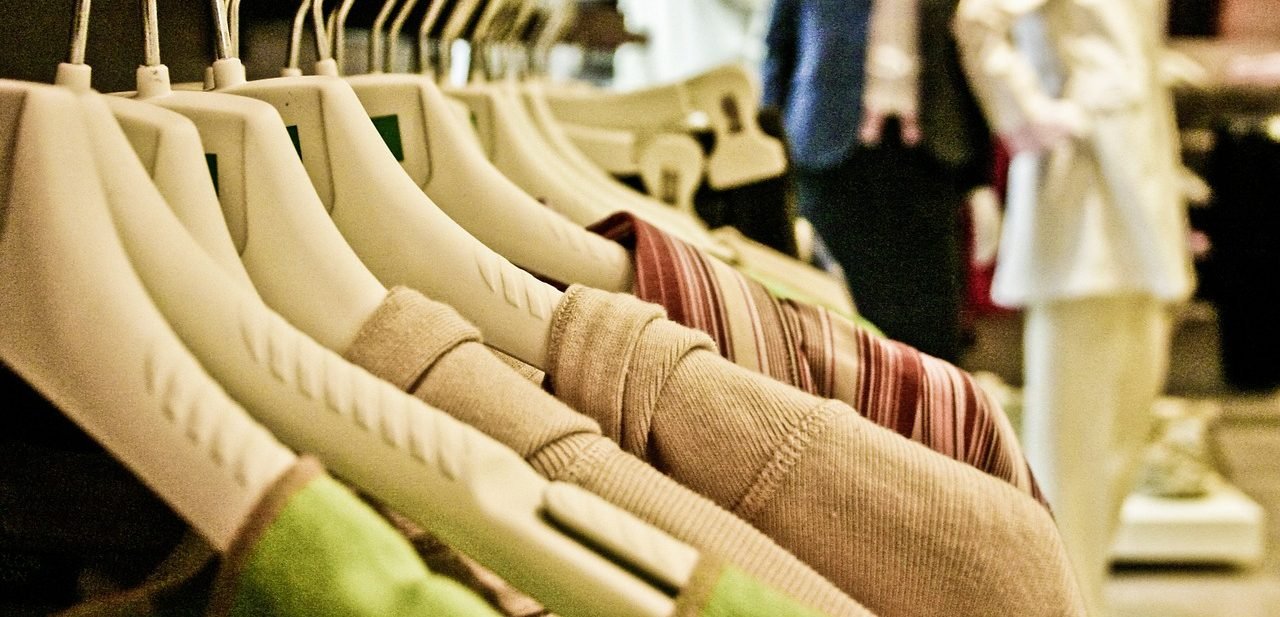Introduction
Eco-friendly clothes are more than a trend they’re a practical approach to dressing that reduces environmental harm, supports fair labor, and helps you get more value from what you own. This guide explains what “eco-friendly” really means in textiles, how to spot genuine sustainable practices (not greenwashing), and simple everyday actions you can take to build a wardrobe that looks good and does good. The advice here follows broadly accepted sustainable-fashion principles and industry guidance so you can make choices with confidence. Whether you’re starting from scratch or looking to improve the pieces you already own, this article gives clear, actionable steps materials to prefer, shopping behaviors that matter, and care routines that lengthen garment life. Read on for focused sections on materials, shopping, care, and impact, followed by a short FAQ to answer common questions.
What does “eco-friendly clothes” actually mean?
Eco-friendly clothes are garments produced with reduced environmental and social costs across their life cycle: from fiber production and dyeing to manufacturing, transport, use, and end-of-life. Practically, that means choosing fibers and processes that use less water, emit fewer greenhouse gases, avoid toxic chemicals, and rely on fair labor. It also includes design decisions that encourage longevity durable construction, timeless styles, and repairability plus supply chains that are transparent and certified where possible. Beware of vague marketing like “natural” or “eco” with no proof; reliable indicators include certifications (GOTS, OEKO-TEX, Fair Trade, Bluesign), transparent supply chains, and brands that publish sustainability reports. Ultimately eco-friendly clothing balances environmental responsibility with durability and social accountability so your choices today create less harm tomorrow.
Materials to look for (and what to avoid)
Choosing the right materials is the fastest way to make your wardrobe greener. Preferred options include organic cotton (grown without synthetic pesticides), linen and hemp (low-input, durable fibers), TENCEL™/lyocell (wood-based fibers produced in closed-loop systems), and certified recycled fibers (recycled polyester/nylon made from post-consumer plastic). These materials typically require less water, fewer chemicals, and lower energy than conventional alternatives. On the avoid list: conventional polyester (a fossil-fuel based, microplastic-shedding fabric), conventional cotton (often pesticide-intensive), and garments dyed or finished with unregulated chemicals. Natural fibers aren’t automatically sustainable if grown or processed irresponsibly, so pair fiber choice with certifications and transparent manufacturing. Finally, prioritize materials that are durable and repairable a well-made linen jacket or recycled-poly blend that lasts years will usually have a smaller lifetime footprint than a trendy throwaway piece.
How to shop responsibly practical rules you can use today
Shopping sustainably is less about perfection and more about better habits. Start by buying less and choosing better: ask whether a piece fills a real gap in your wardrobe and whether it’s versatile. Prefer brands that publish supply-chain information and hold third-party certifications (GOTS for organic textiles, Fair Trade for labor, OEKO-TEX for chemical safety). Embrace secondhand and rental options for items you’ll wear infrequently (special-occasion dresses, suits). When in doubt, choose timeless cuts and neutral colors that work across seasons. Local and small makers often offer clearer visibility into production practices, but scale doesn’t guarantee ethics always check for transparency. Finally, consider total cost of ownership: paying more up front for higher quality and longer life often costs less per wear over time and reduces waste.
Care, repair, and end-of-life make garments last
How you care for clothes dramatically affects their environmental footprint. Simple steps like washing less often, using cold water and a gentle cycle, and air-drying can save water and energy while preventing wear. Use a microfiber filter or bag for synthetic garments to reduce microplastic shedding. Learn basic repairs — sewing a button, patching a hole, or reinforcing a seam can extend a garment’s life by years. When you no longer want an item, choose responsible disposal: donate, resell, or recycle through textile-specific programs rather than throwing clothes in the trash. Some brands offer take-back or circular programs that turn old textiles into new materials. Small actions in care and repair multiply: the more wears you get from each garment, the less pressure on resources overall.
Why eco-friendly clothing matters environmental and social impacts
The fashion industry is resource-heavy: it uses large amounts of water, land, and energy and contributes to pollution and waste. Eco-friendly clothing reduces those harms by cutting chemical use, lowering greenhouse emissions, and diverting textiles from landfills through reuse and recycling. Socially, responsible brands work to improve conditions for garment workers, paying living wages and ensuring safe workplaces. Choosing eco-friendly clothes sends market signals that reward better practices and pressures laggards to improve. While no single purchase solves systemic problems, collective changes in material choices, buying behavior, and care routines can shift industry incentives toward transparency, circularity, and fairness outcomes that benefit people and the planet.
Conclusion
Switching to eco-friendly clothes is a practical, rewarding shift rather than an all-or-nothing test. Focus on durable materials, transparent brands, mindful shopping, and simple care practices that extend garment life. Use certifications and secondhand markets as tools, and prioritize durability and repairability. Over time, these choices will reduce waste, lower environmental impact, and support fair labor. Start small: replace one fast-fashion buy with a higher-quality piece, learn a basic repair skill, or explore your local thrift scene. Those small steps add up to a wardrobe and an industry that’s kinder to both people and planet.
FAQs
Q: Are secondhand clothes really more eco-friendly?
Yes. Buying secondhand extends an item’s life and avoids the emissions and resource use of new production. It’s one of the highest-impact actions individuals can take.
Q: Is recycled polyester a good choice?
Recycled polyester reduces reliance on virgin fossil fuels and saves energy, but it can still shed microplastics. Prefer recycled fibers paired with good care (microfiber filters).
Q: How do I check if a brand is honest about sustainability?
Look for transparent supply-chain details, third-party certifications, and published sustainability reports. Vague claims without proof are red flags.
Q: Will eco-friendly clothes cost more?
Often yes, because they reflect fair wages and better processes. Consider cost per wear: high-quality pieces typically cost less over their lifetime.
Q: What’s one easy habit to start with?
Wash garments less often and in cold water it saves energy, reduces wear, and is an easy, immediate improvement.









